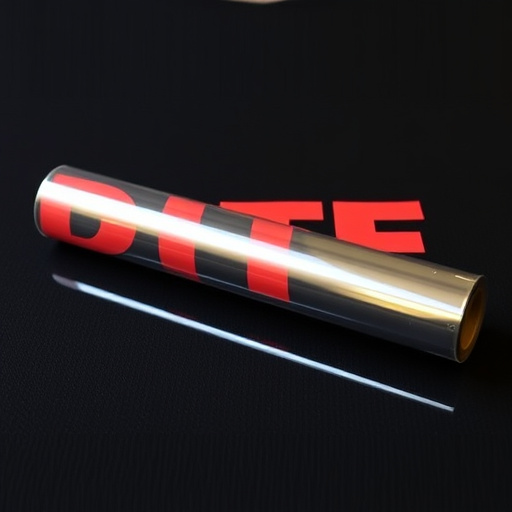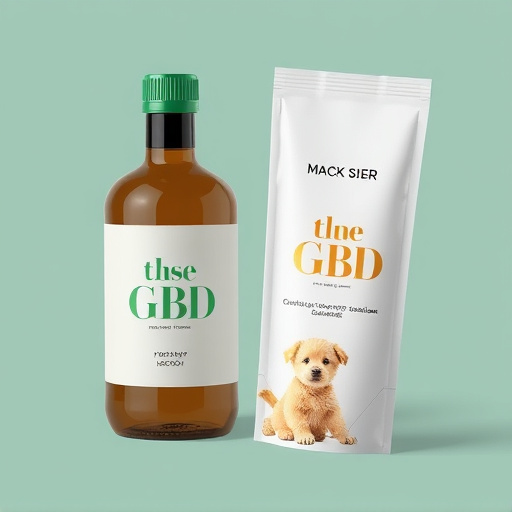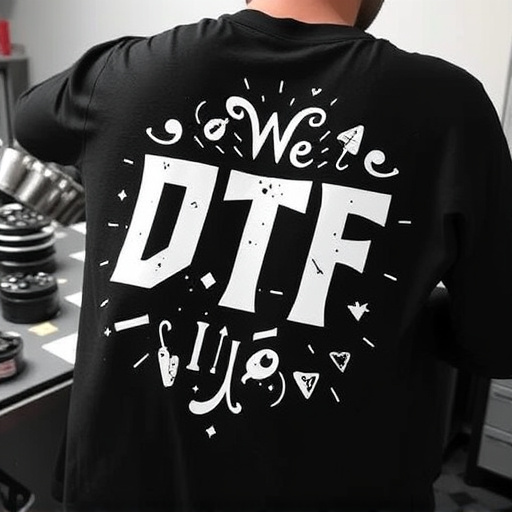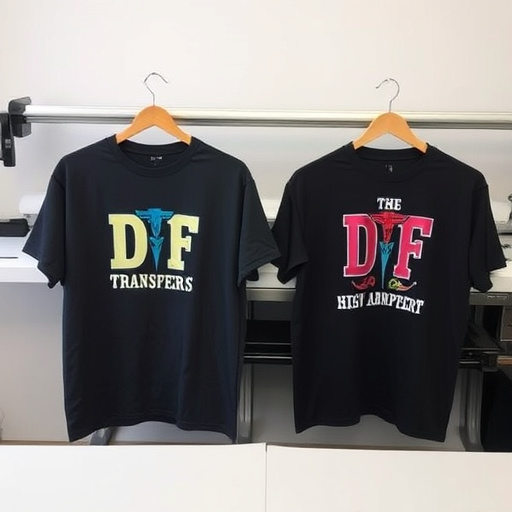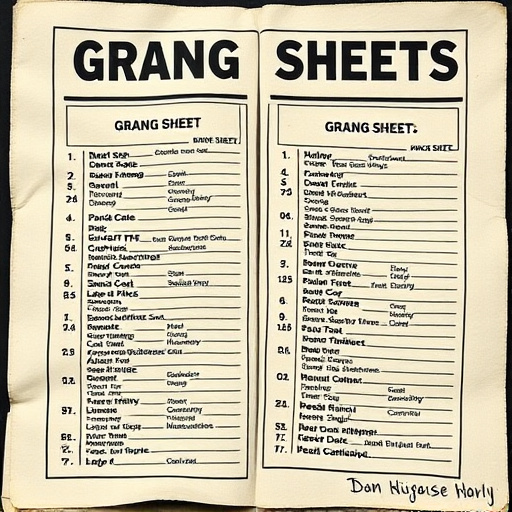Heat uniformity is vital for optimizing DTF curing ovens, ensuring even ink curing and high-quality prints on light fabrics. Non-uniform heating can cause color and print variations, impacting production standards. To achieve optimal results, strategically design and place heating elements, implement precise temperature control systems with advanced sensors, and maintain regular cleaning. Selecting a high-quality DTF curing oven with uniform heating features enhances efficiency, ensures quality standards, and maintains production speed.
Heat uniformity is a critical factor in the performance of Digital Thermal Forming (DTF) curing ovens. In this article, we explore why uniform heat distribution is essential for efficient DTF curing processes. We delve into the consequences of non-uniform heating, examining its impact on material curing and overall oven efficiency. Additionally, we present strategies to optimize heat uniformity, ensuring optimal DTF curing oven performance.
- Understanding Heat Uniformity in DTF Curing Ovens
- The Impact of Non-Uniform Heating on Curing Process
- Strategies to Achieve Optimal Heat Uniformity for Efficient DTF Curing Oven Performance
Understanding Heat Uniformity in DTF Curing Ovens
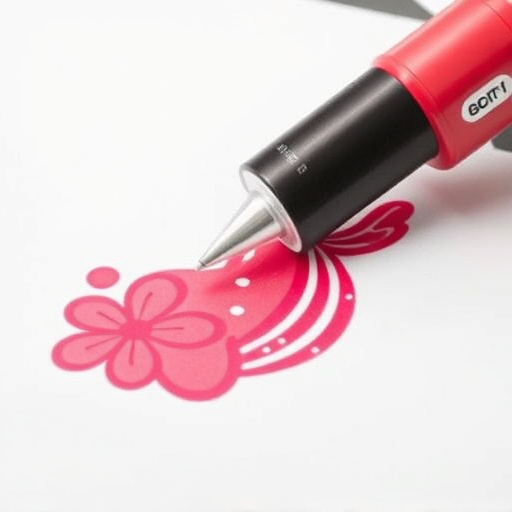
Heat uniformity is a critical aspect when it comes to optimizing the performance of DTF (Direct-to-Fabric) curing ovens. In the context of DTF printing, achieving consistent heat distribution across the entire fabric surface ensures that the ink cures evenly, resulting in high-quality prints with vibrant colors and precise details. Any variations in heat can lead to uneven curing, causing issues like splotchy colors or poorly bonded inks.
DTF transfer processes rely on precise heat management to secure the design onto light fabrics effectively. Custom DTF transfers, for instance, require uniform heat to ensure the ink adheres properly without burning or leaving patches uncolored. By understanding and controlling heat uniformity, manufacturers can enhance the overall efficiency of their DTF printing for light fabrics, meeting quality standards while maintaining production speed.
The Impact of Non-Uniform Heating on Curing Process
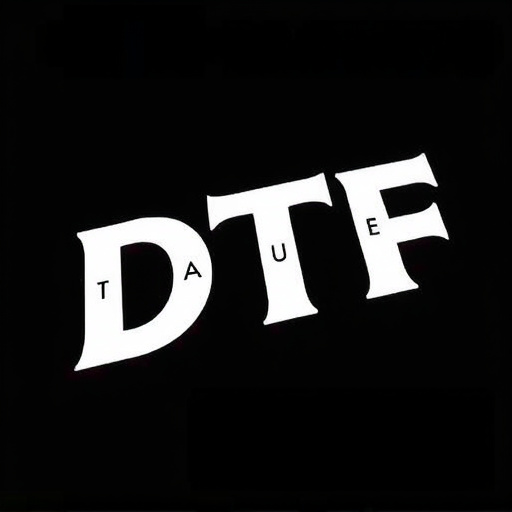
The success of a DTF (Direct to Fabric) curing process heavily relies on achieving consistent and uniform heat distribution within the oven. Non-uniform heating can significantly impact the quality and efficiency of the curing operation. When heat is not evenly applied, certain areas of the fabric may cure faster than others, leading to variations in color intensity, print quality, and overall finish. This inconsistency is especially detrimental for bulk DTF shirt production, where maintaining high standards across every printed garment is essential.
For optimal results, whether you’re utilizing a best DTF printer or focusing on dtf printing for dark fabrics, uniform heating ensures that the ink sets evenly, preventing hot spots that can cause unwanted fading or burn marks. Inaccurate temperature regulation can prolong the curing time and impact production efficiency, making it crucial to address heat uniformity matters.
Strategies to Achieve Optimal Heat Uniformity for Efficient DTF Curing Oven Performance

Achieving optimal heat uniformity is paramount for efficient DTF curing oven performance. Strategize with careful design and placement of heating elements to ensure even temperature distribution throughout the oven chamber. Consider factors like heating element type, power outputs, and strategic placement to minimize hot and cold spots.
Implementing precise temperature control systems, utilizing advanced sensors, and programming optimized cure profiles are key. Additionally, regular maintenance and cleaning of the oven interior can prevent dust buildup that may hinder heat transfer. For best DTF for apparel results, select a high-quality direct to film printer equipped with features promoting uniform heating, ensuring consistent quality across every print job.
In conclusion, heat uniformity is a critical factor in optimizing the performance of DTF curing ovens. By understanding the impact of non-uniform heating and implementing strategies to achieve consistent temperature distribution, manufacturers can significantly enhance their curing processes. This ensures faster production times, improved material properties, and overall efficiency, ultimately elevating the quality of finished products.
